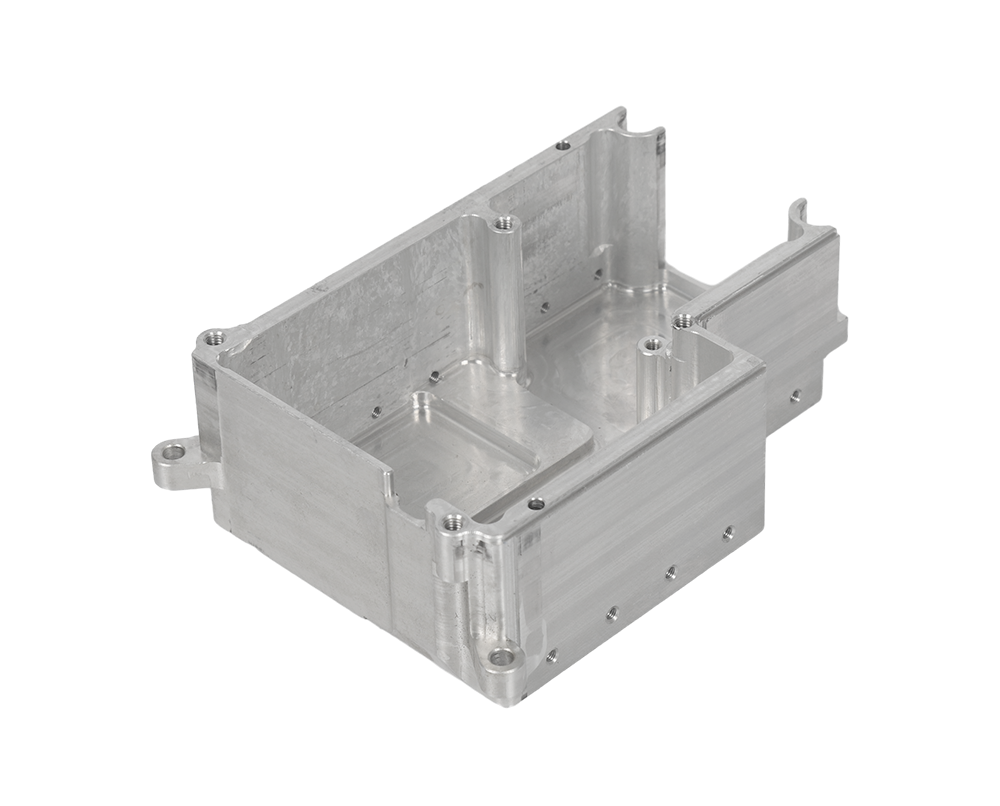2024-01-20 hits:0 source:News

Friends who are familiar with the production process of zinc alloy die-casting know that before die-casting production, a set of die-casting molds must be made first, and whether this set of die-casting molds is of high quality also determines the production quality of later products. Therefore, if a set of high-quality zinc alloy die-casting molds is well made, we must take good care of them, because if a set of molds is damaged, it will delay the production progress in the later stage, and even a new set of molds may need to be manufactured, So not only will it increase costs, but it will also be very time-consuming.
In fact, after the die-casting mold is made, it does not mean that the later production can be peaceful. If the following points are not paid attention to during the die-casting production process, it can also cause damage to the die-casting mold:
The mold should be preheated to a certain temperature before production, otherwise when the high-temperature metal liquid fills the mold, it will cause quenching, resulting in an increase in the temperature gradient of the inner and outer layers of the mold, forming thermal stress, and causing the surface of the mold to crack or even crack.
2. Control of mold temperature
During the production process, the mold temperature continues to rise. When the mold temperature overheats, it is easy to cause mold sticking, causing failure of moving parts and resulting in surface damage to the mold. A cooling temperature control system should be set up to maintain the working temperature of the mold within a certain range.
3. Improper operation during the filling process
Due to the high-pressure and high-speed filling of the metal liquid, it will inevitably cause intense impact and erosion on the mold, resulting in mechanical and thermal stresses. During the impact process, molten metal, impurities, and gases can also have complex chemical interactions with the surface of the mold, accelerating corrosion and crack formation. Damage caused by pulling out metal particles on the surface of the mold cavity, resulting in cracks due to cavitation.
Read recommendations:
extruded aluminum electronics enclosure
custom aluminum extrusions near me
aluminum profile suppliers near me
What to do if there are flow marks and patterns on zinc alloy die-casting parts
lf you have any questions or comments, you can leave us a message and we will reply to you as soon as possible
